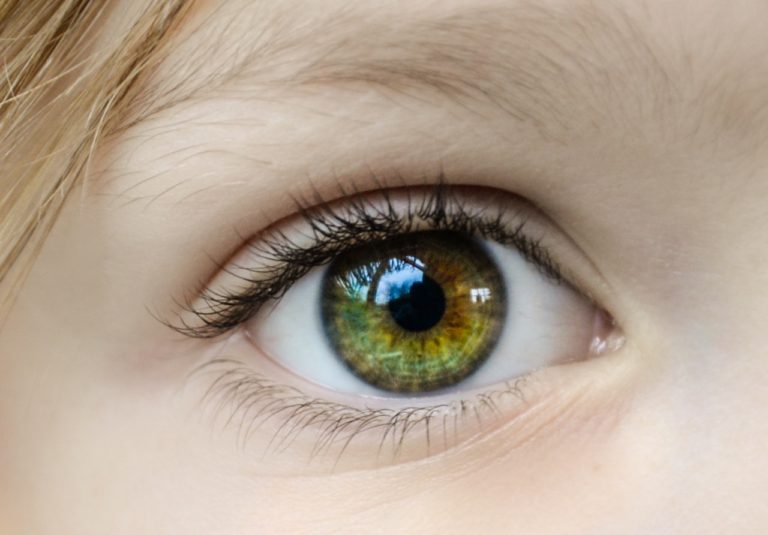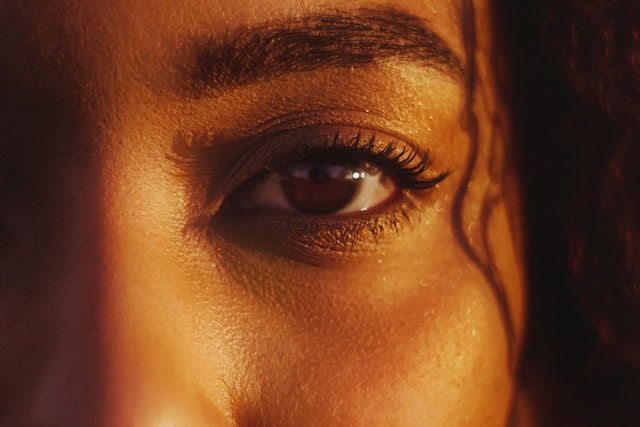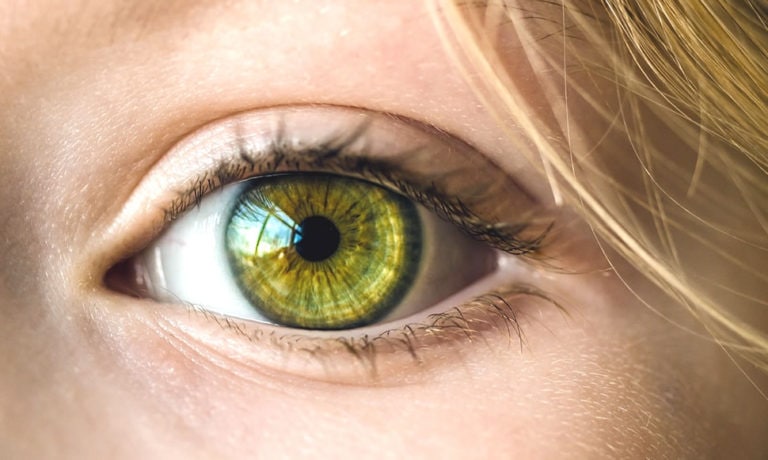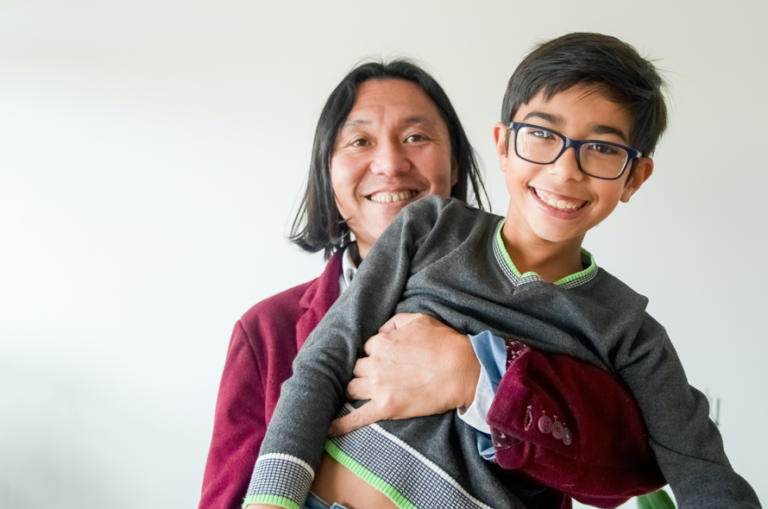Myopia, or short-sightedness, is on the rise at an alarming rate. What was once a relatively uncommon condition is now affecting nearly a third of the global population, and projections suggest that by 2050, half of the world’s people may have a significantly high degree of myopia.
Australian Smart Vision behavioural optometrist Gary Rodney, a Fellow of the International Academy of Orthokeratology and Myopia Control (FIAOMC), warns that if this trend continues unchecked, we could be heading towards a future where clear distance vision becomes a rarity.
Jacquie Gattegno, Master in Behavioural Optometry, Orthokeratologist and Principal Optometrist at Eyes InDesign Smart Vision Optometry Bondi, echoes these concerns, particularly regarding children. “We’re seeing myopia appearing at younger and younger ages. The earlier a child develops myopia, the higher their risk of severe vision impairment later in life. That’s why early intervention is so critical.”
Why Controlling Myopia Matters
Myopia is more than just an inconvenience requiring glasses or contact lenses. Rodney explains that it significantly increases the risk of severe eye diseases, including:
- Cataracts – Developing earlier in life for myopics.
- Glaucoma – Myopia doubles the risk of this sight-threatening condition.
- Retinal Detachment – Higher levels of myopia stretch the retina, making it more prone to tearing.
- Myopic Macular Degeneration – A leading cause of blindness, particularly in high myopes.
“Beyond physical health, myopia can impact a person’s emotional and social well-being, affecting self-esteem, learning, and overall quality of life,” says Rodney.
Gattegno adds that many parents don’t realise how much myopia can affect a child’s confidence. “Imagine trying to keep up in school or on the sports field when everything beyond arm’s length is blurry. Children with untreated myopia often struggle, not just academically but socially too.”
Inherited or Learned? The Role of Family Lifestyles
For years, scientists believed myopia was primarily genetic—children with myopic parents were far more likely to develop the condition. Research shows:
- A child with one myopic parent is three times more likely to develop myopia.
- A child with two myopic parents is six times more likely to develop myopia.
However, Rodney highlights that based on Smart Vision’s clinical studies, lifestyle may play a bigger role than genetics. Children mimic their parents’ behaviours, including excessive screen use, indoor living, and lack of outdoor activity. If a family has spent generations in an urban environment, these habits become ingrained—potentially increasing the risk of myopia across entire populations.
“We are now seeing a shift in thinking. Instead of myopia being purely genetic, it appears family habits—especially limited outdoor time—may be the biggest factor driving this epidemic,” Rodney explains.
Gattegno reinforces this, noting that parents often unknowingly pass down harmful visual habits. “It’s no surprise that children raised in screen-heavy environments develop myopia at higher rates. If kids see their parents constantly on screens, they will naturally adopt the same habits, reinforcing the cycle.”
Urbanisation and the Myopia Boom
One of the strongest correlations with rising myopia rates is the increase in urbanisation. Cities promote:
- More time indoors – Artificial lighting and prolonged near-work strain the eyes.
- Excessive screen use – Computers, smartphones, and tablets reinforce near-focus habits.
- Reduced outdoor exposure – Natural light and looking into the distance help maintain healthy vision.
Since the 1970s, myopia has grown alongside urban expansion:
- In 1970, less than a million people were myopic.
- Today, nearly 3 billion people are affected.
- By 2050, projections estimate 5 billion people (half the world’s population) will have myopia.
Rodney warns, “The myopia epidemic is rising in near-perfect alignment with global urbanisation. If this pattern continues, the world’s vision could be at serious risk.”
Gattegno adds that the combination of technology and urbanisation is reshaping how children use their eyes.“Kids are spending more time on screens than ever before—at school, at home, even in their free time. Their eyes are rarely exposed to the full range of distances needed to develop healthy vision.”
The Domino Effect – Could Myopia Become Universal?
Looking beyond 2050, Gattegno fears an even more concerning scenario—one where nearly everyone becomes myopic.
If half the world is myopic by mid-century, the next generation will have an even higher percentage of myopic parents. This creates a cycle where more and more children are born into lifestyles that promote myopia.
With urbanisation continuing to expand, lifestyle habits unlikely to change, and myopia risk increasing with each generation, the percentage of people affected could spiral out of control.
“If we don’t intervene, we may reach a point where clear distance vision is the exception, not the norm,” Gattegno cautions.
How to Slow the Myopia Epidemic
While the statistics seem daunting, myopia control strategies can reduce the risk and slow its progression.
1. Increase Outdoor Time
Studies show that spending at least 90 minutes outside daily significantly reduces myopia development. Exposure to natural light and long-distance focusing help protect young eyes.
Gattegno emphasises, “Outdoor play is one of the easiest and most effective ways to slow myopia progression. Natural light plays a key role in eye health, yet many children are spending less time outside than ever before.”
2. Reduce Screen Time and Near Work
Limiting continuous screen use and taking breaks every 20 minutes (following the 20-20-20 rule) reduces strain. Encouraging children to balance digital activities with outdoor play is crucial.
3. Consider Myopia Control Treatments
Advanced myopia management options include:
- Orthokeratology (Ortho-K): Special overnight lenses reshape the cornea to slow myopia progression. Learn more here.
- Specialty Soft Contact Lenses: Designed to slow myopia progression while providing clear vision.
- Smart Vision Therapy: A personalised program that retrains the eyes to work more efficiently. Discover more here.
“Myopia control is not just about correcting vision—it’s about slowing its progression and protecting long-term eye health,” says Gattegno.
Take Action to Protect Your Vision
With myopia rising at an unprecedented rate, early intervention is key. Rodney and Gattegno urge parents to prioritise their children’s eye health and consider proactive myopia control measures.
“We need to break the cycle of myopia. Small lifestyle changes today can make a huge difference in protecting vision for future generations,” says Rodney.
Gattegno adds, “The earlier we start managing myopia, the better the outcome. Parents should have their children’s eyes checked regularly and explore myopia control options as soon as possible.”
For more information on myopia prevention, management, and treatment options, visit Smart Vision Optometry’s website. To learn about myopia prevention and treatment, visit Myopia Prevention or explore Orthokeratology in Sydney.
Book an appointment for a thorough functional vision assessment, or call the Bondi clinic on (02) 9365 5047 or the Mosman clinic on (02) 9969 1600.
Experience the difference a holistic approach to vision care can make. Contact Smart Vision Optometry today to see the world in a new way.







